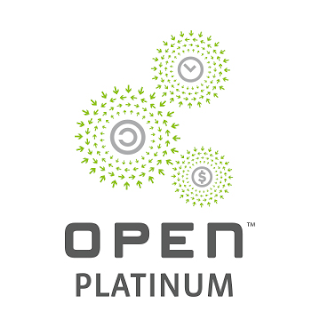Posted by Debosmita Das, Technical Program Manager and Mike Lau, Technical Lead Manager
Since joining OCP earlier this year, Google has been actively collaborating with Facebook around the new Open Rack Standard. Together we’ve been working with the Open Compute Project through the OCP Incubation Committee, and today we’re pleased to share our Open Rack v2.0 Standard. The proposed v2.0 standard will specify a 48V power architecture with a modular, shallow-depth form factor that enables high-density deployment of OCP racks into data centers with limited space.
Google developed a 48V ecosystem with payloads utilizing 48V to Point-of-Load technology and has extensively deployed these high-efficiency, high-availability systems since 2010. We have seen significant reduction in losses and increased efficiency compared to 12V solutions. The improved SPUE with 48V has saved Google millions of dollars and kilowatt hours.
Our contributions to the Open Rack Standard are based on our experiences advancing the 48V architecture both with our internal teams as well as industry partners, incorporating the design expertise we’ve gained over the years.
In addition to the mechanical and electrical specifications, the proposed new Open Rack Standard V2.0 builds on the previous 12V design. It takes a holistic approach including details for the design of 48V power shelves, high-efficiency rectifiers, rack management controllers and rack-level battery backup units.
We’ve shared these designs with the OCP community for feedback, and will submit them to the OCP Foundation later this year for review. We’re looking forward to presenting the proposed standard to the OCP Engineering Workshop, August 10 at the University of New Hampshire.
If accepted, these standards will be Google’s first contributions to the OCP community, with the goal of bridging the transition from 12V to 48V architecture with ready-to-use deployment solutions for 48V payloads. We look forward to continued collaboration with adopters and contributors as we continue to develop new technologies and opportunities.
Quelle: Google Cloud Platform

Published by